Bukhara is another jem which you shouldn’t miss on your trip to Uzbekistan. It is only 1,5 hours away from Samarkand and its international airport offers many options for you flying in or out of the country. We flew from Bukhara (over Moscow) back to Berlin.

Bukhara embraces about 140 architectural monuments and its historic center was listed by UNESCO as a World Heritage Site. The city of Bukhara was also located on the Silk Road which made it a center of trade, scholarship, culture, and religion. In the 9th and 10th centuries, Bukhara was also a major intellectual center of the Islamic World, second only to Baghdad.
What to see in Bukhara
To be honest, for us the whole old city of Bukhara was like an open-air museum. Concentration of souvenir shops, mosques and madrasas on square meter was overwhelming in a positive way. Wherever you go, you will find something to marvel at.
Chor Minor is a historic gatehouse for a now-destroyed madrasa built at the beginning of the 19th century. Inside and outside the building you will find merchants selling souvenirs. The entry is free and if you know it in advance, you can climb the stairs to the top floor on the right side when you enter Chor Minor.
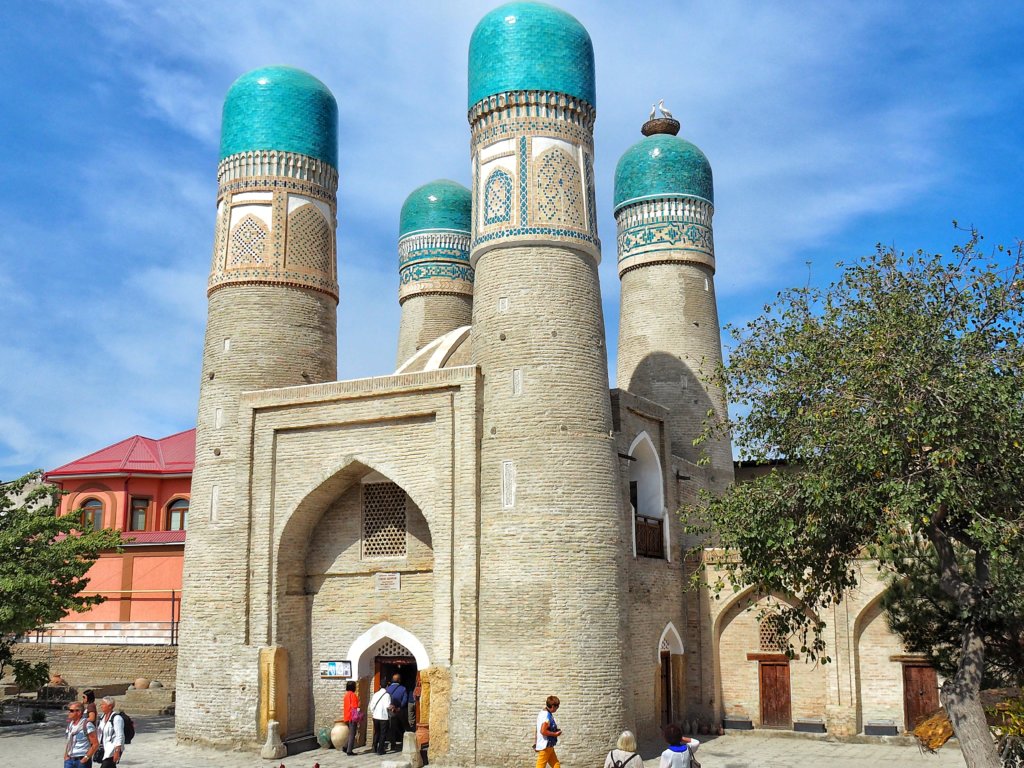
The Lab-i Hauz Ensemble built in the 16th-17th centuries surrounds a nice pond hosting many open-air cafes and restaurants on its shore. Next to the pond, you can see a metal monument to Hodja Nasreddin sitting atop his mule. Hodja Nasreddin was the central character of many children’s folk stories in Central Asian, Afghanistan, and Pakistan. In my childhood, I remember reading some fairy tales in Russian where Hodja Nasreddin was one of the main characters.
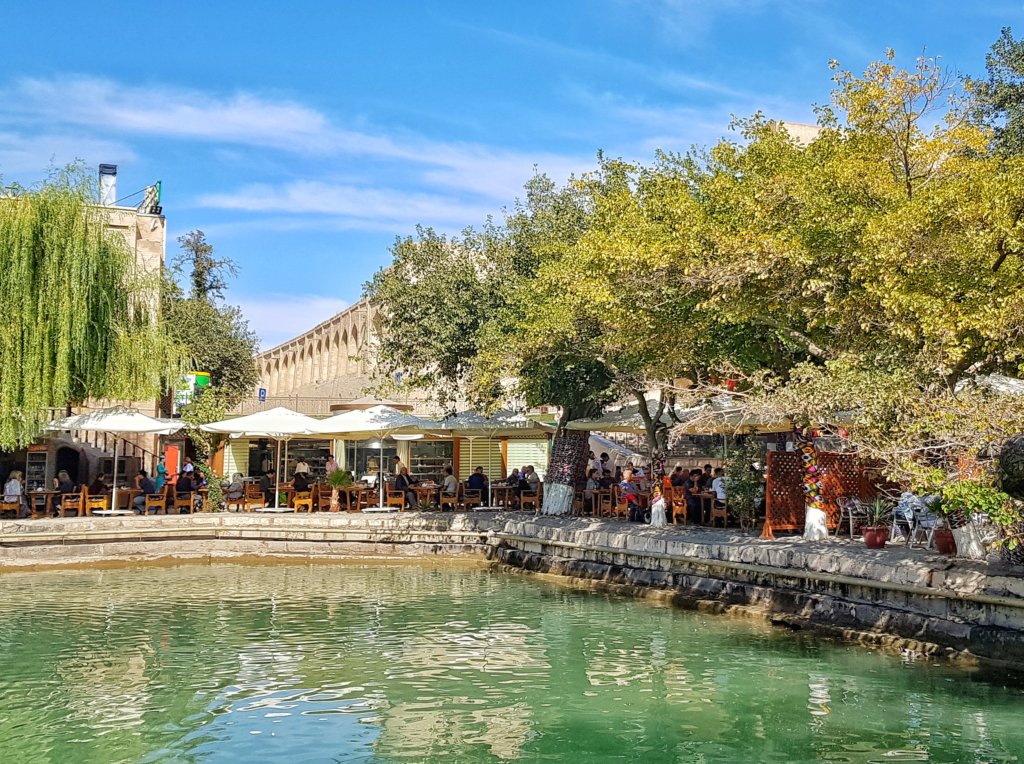
The Po-i Kalan Complex is located at the base of the “Great Minaret” Kalan. The role of the minaret is largely for traditional and decorative purposes – to provide a vantage point from which the muezzin can call out people to prayer. However, the Kalan Minaret was also known as the Tower of Death, as according to legend it is the site where criminals were executed by being thrown off the top for centuries. The entrance fee to the complex is 6000 pp.

The Kalan Mosque also belongs to the Po-i Kalan Complex and was completed in the beginning of the 16th century. The mosque’s inner courtyard is impressive as the roof of the galleries encircling it has 288 domes resting on 208 pillars.
Mir-i-Arab Madrasah is also a part of the Po-i Kalan Complex, it was built in the 16th century and is still an acting institution, where future imams and religious mentors receive their education.
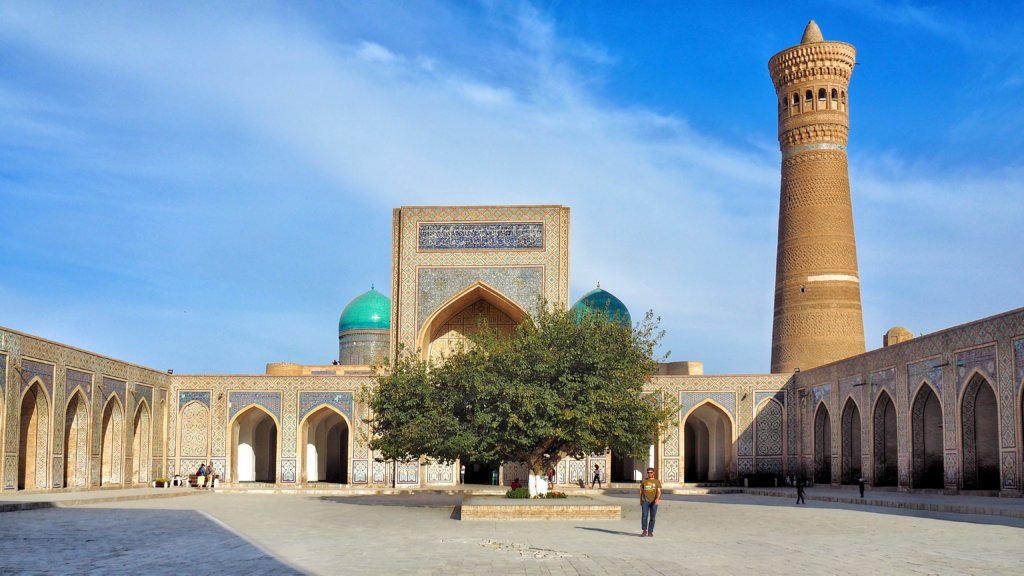
Abdulaziz Khan Madrasah built in the 17th century and Ulugbek Madrasah built in the beginning of the 15th century stand in front of each other and the entrance fee is somewhat 5000 som pp to each building. In the Abdulaziz Khan Madrasah a small museum is situated telling the story of the madrasah and featuring some nice mosaics; you can visit it for 4000 som pp.
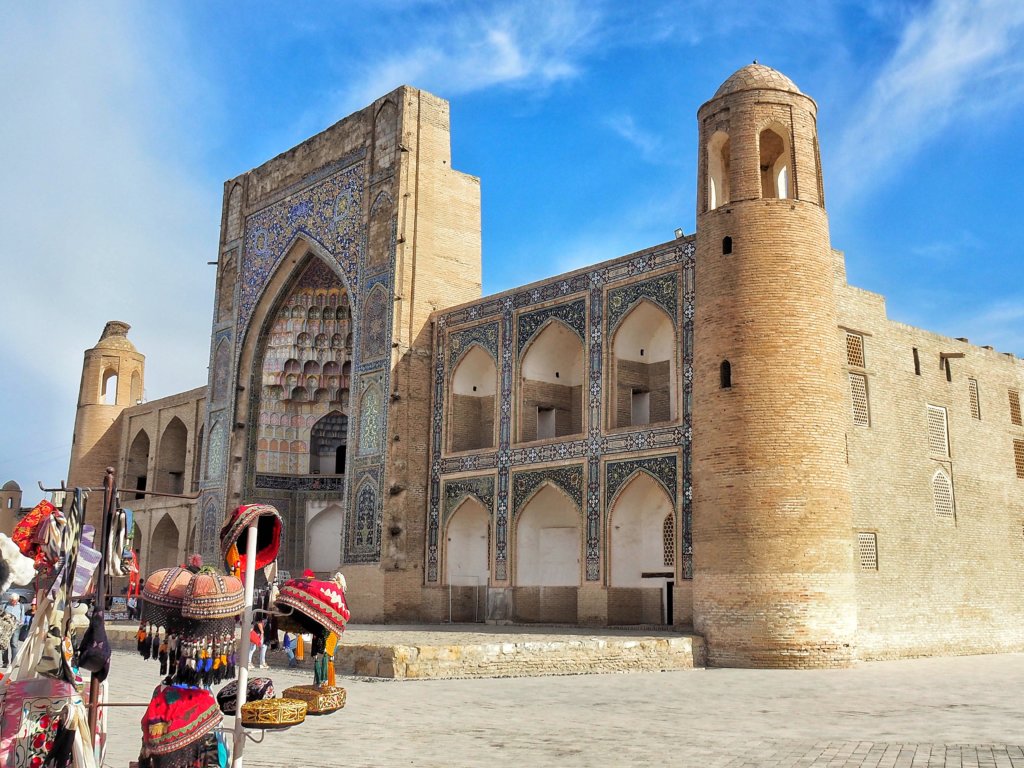
Bukhara is also famous for its trading domes stretching from Lyabi-Khauz to the Miri-Arab madrasah. Built around the 16th century, the trading domes provided a platform for the merchants from India, China and other countries to sell their goods and exchange their money. Up to date only four trading domes have survived: Toki-Safforon, Toki-Zargaron, Telpak Furushon and Tim Abdullakhan. Various local goods and tourist souvenirs are sold there now.
Bukhara Fortress or “The Ark”, built in the 5th century as a fortress, is now a major tourist attraction in Bukhara which houses museums with exhibits on the Ark’s history. The entrance fee is 45000 som pp which includes a guide.
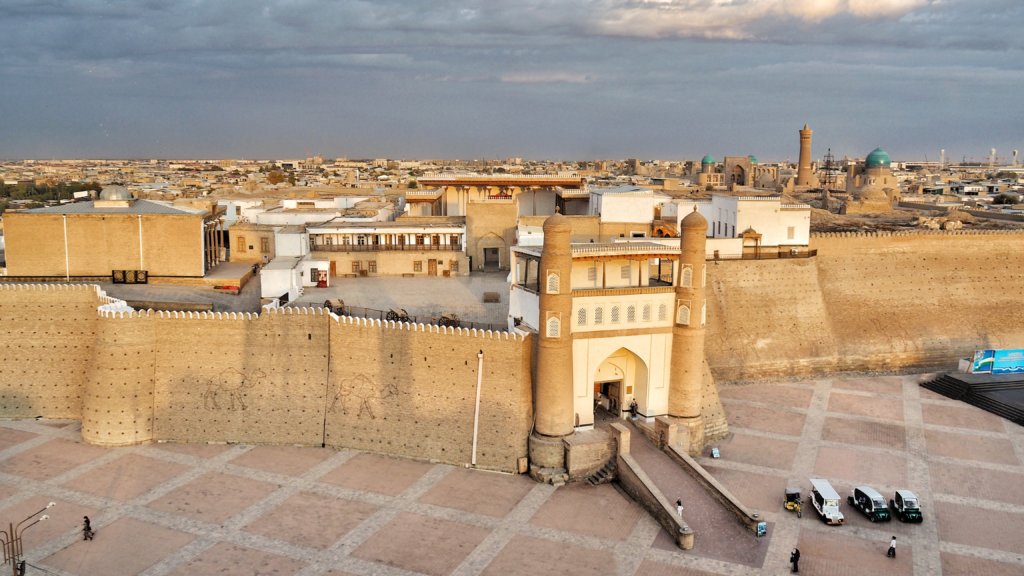
Close to the Ark, you can visit Zindan, an annex to the Ark, which used to be a prison in the 18th-19th centuries and now hosts a small museum where you can learn more about the conditions of imprisonment at the time. The prison could accommodate not more than 40 people, so you can draw a conclusion that the level of crime was very low in Bukhara at that time. The entrance fee is 10000 som pp.
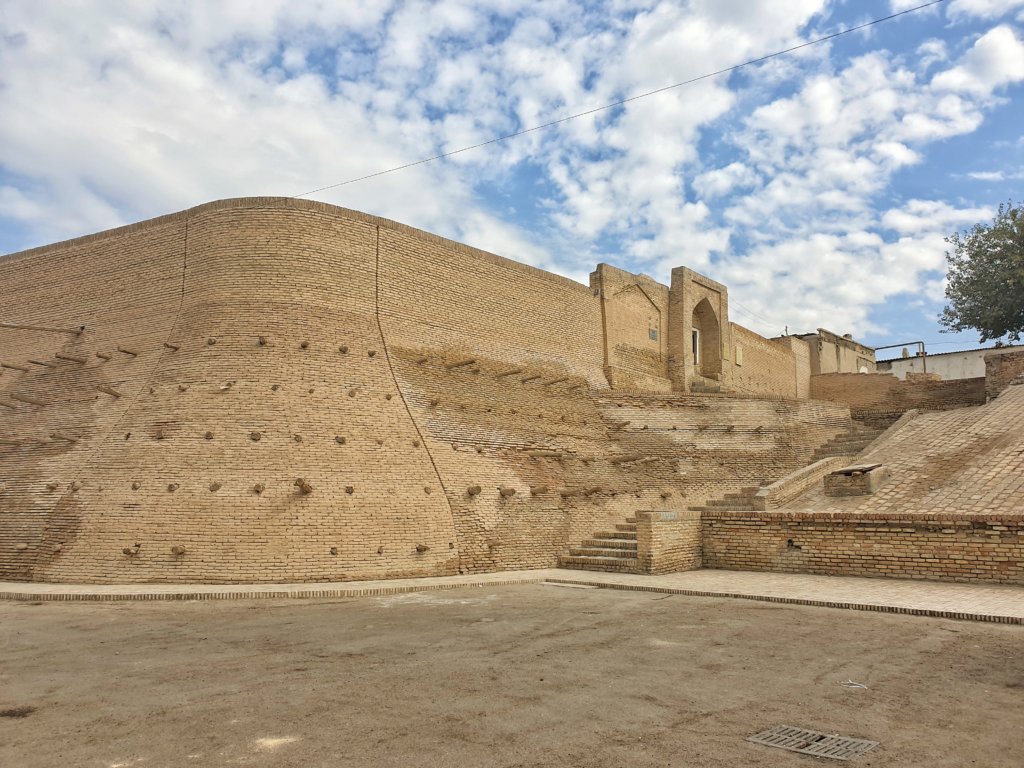
Situated in front of the main entrance to the Ark, the water tower “Lacy autograph” or Bukhara Tower was built in Bukhara by the engineer Vladimir Shukhov in the beginning of the 20th century and nowadays received a new life as a tourist attraction providing a 360° view of the city. We would recommend going there shortly before sunset to enjoy a great view of the Ark and the old city. Entrance was 40000 som pp.
Aiming for the central market, we walked through the Samonids Recreation Park to the Ismail Samani mausoleum. The relatively small mausoleum building reflected in the water of the pond is one is one of the most highly esteemed work of Central Asian architecture and is known as the oldest funerary building of the Central Asian architecture. It was built in the 9th century to serve a resting place to the founder of the Samanid Dynasty which ruled the region at that time. We left the park through the Talipach Gate which is one of the four ancient gates to the old city of Bukhara.
Where to eat in Bukhara
The whole city center is very touristy and there are plenty of restaurants for any taste or size of the wallet. However, at lunch time, at some restaurants there were simply no free tables. Thus, we didn’t manage it to dine at Google-recommended “Minzifa” or “Ayvan” restaurants. We also didn’t find the National House “Rustam” restaurant recommended on some blogs or it was simply closed the days we were there… On the first day we landed at the “Old Bukhara” restaurant and were pretty satisfied with the local cuisine and good service. On the second day we had a short break at a local cantine “Ali Baba” where plov, pelmeni and samsa are served for very little money, later had a tea at the top terrace of the Chasmai-Mirob Restaurant overlooking the Po-i Kalan Complex and a very decent coffee with a dessert from the “Coffee Team” stand at the Labi Hovuz pond and then had dinner at the “Amulet” restaurant.
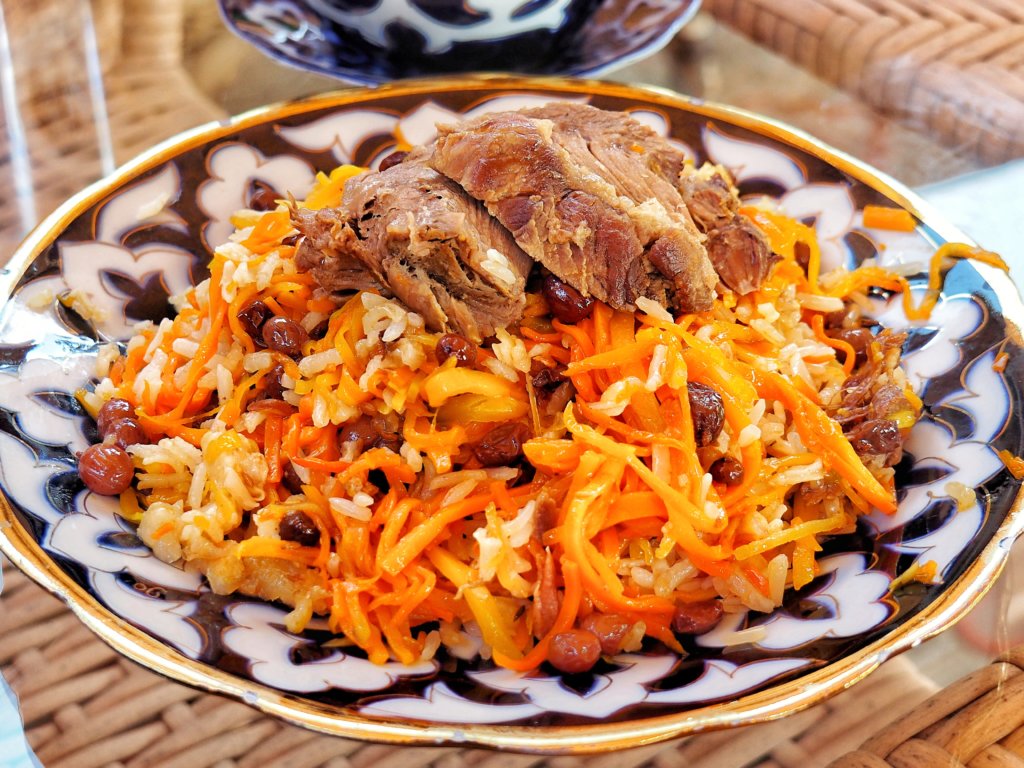


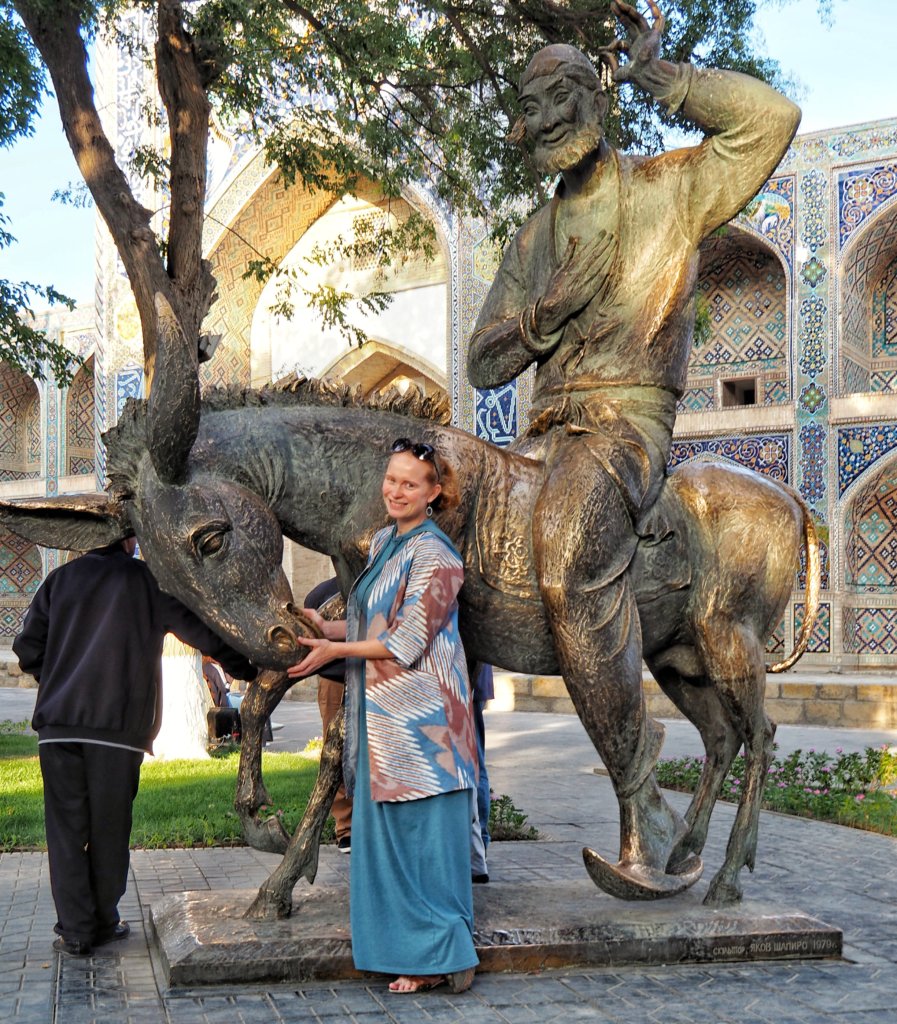



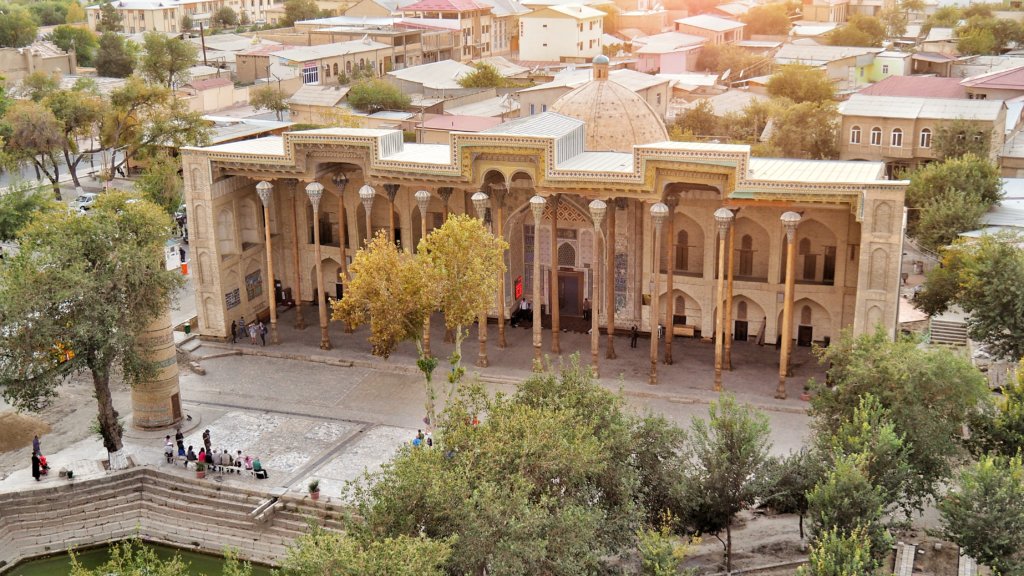
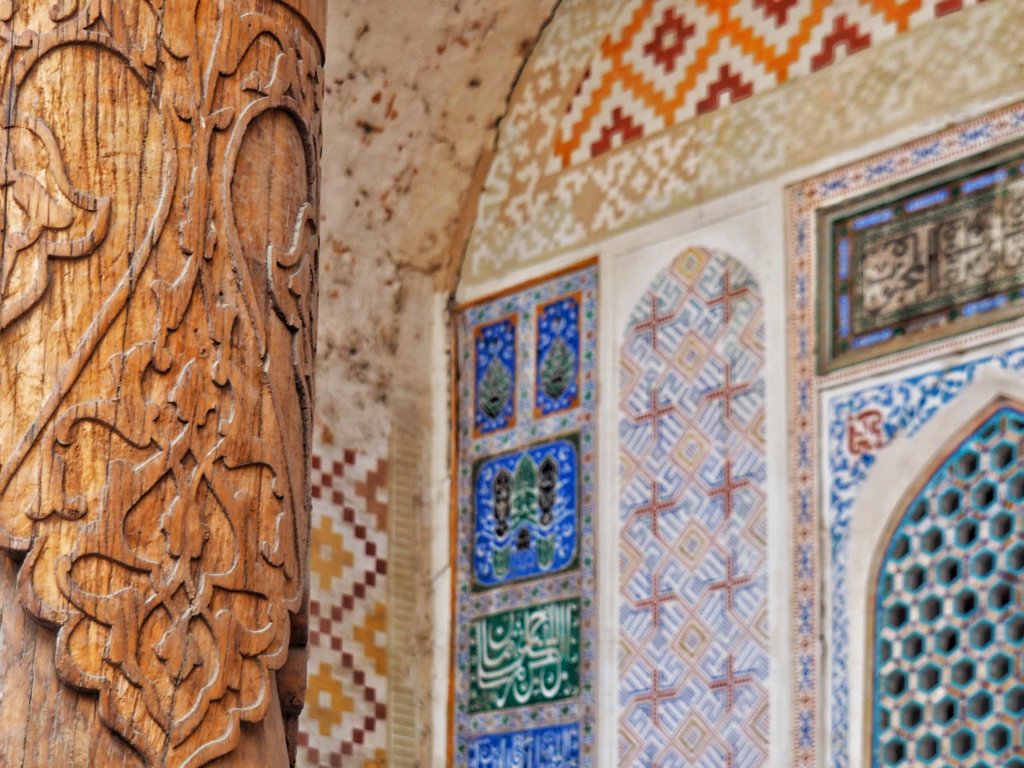
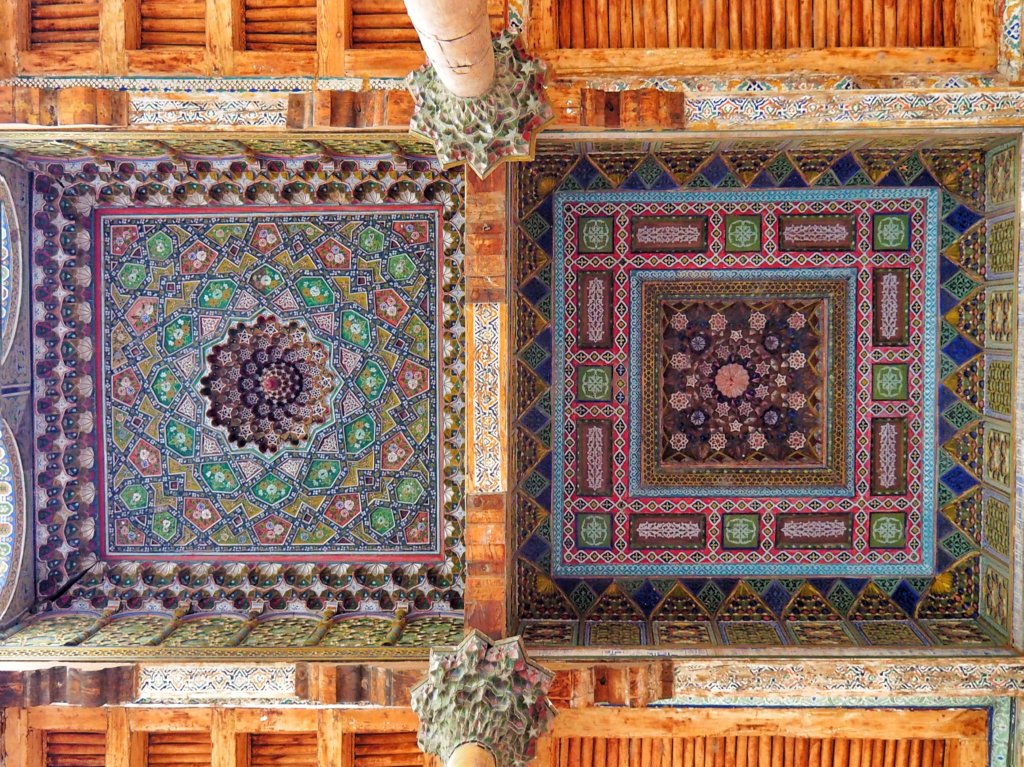
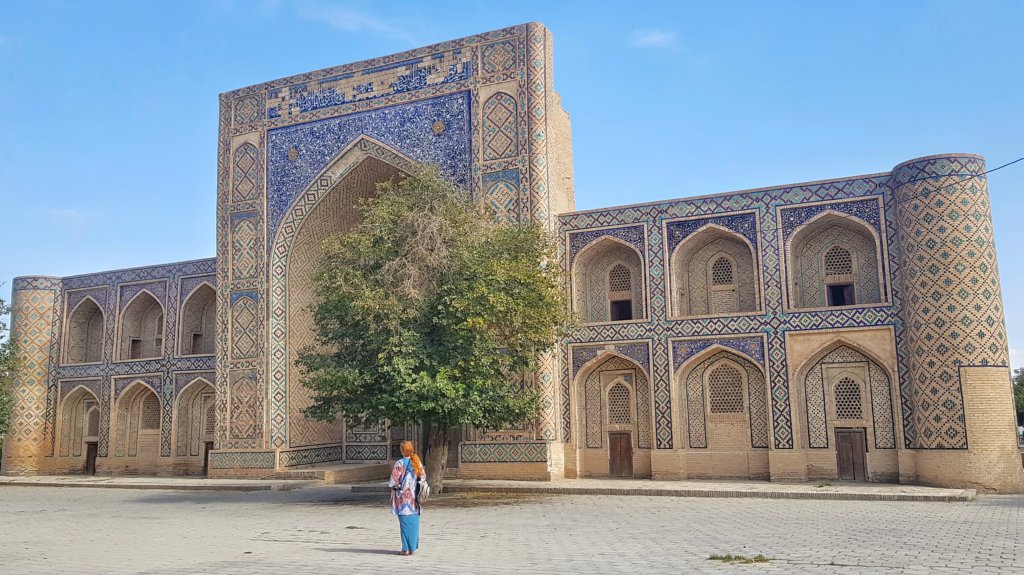

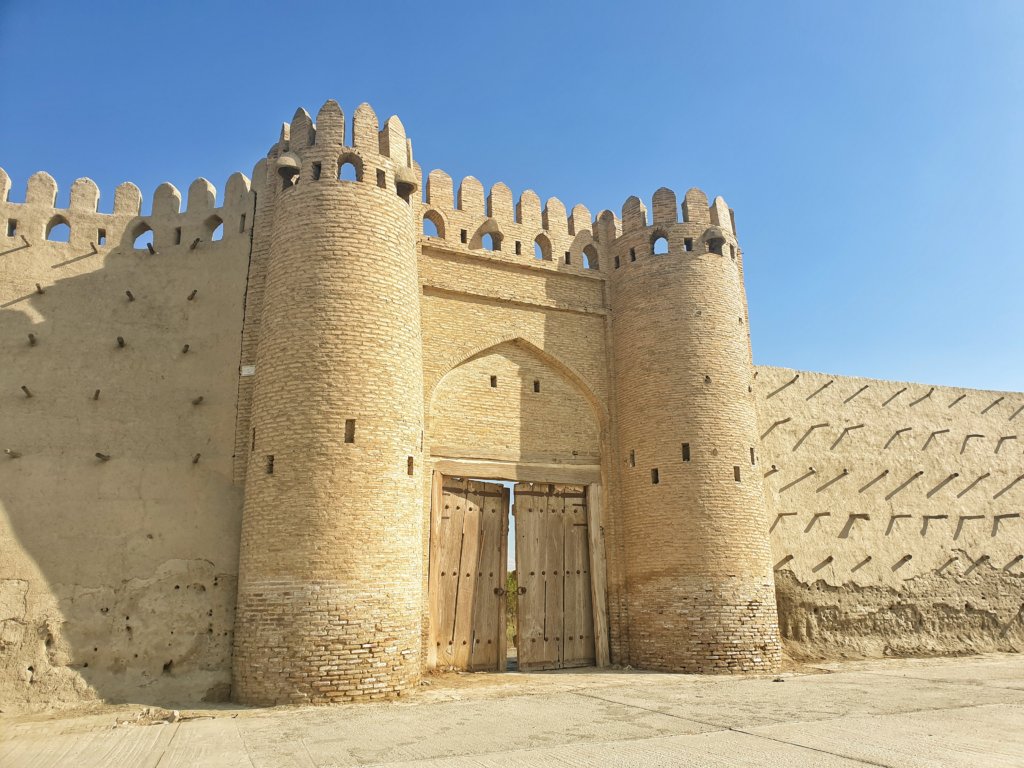
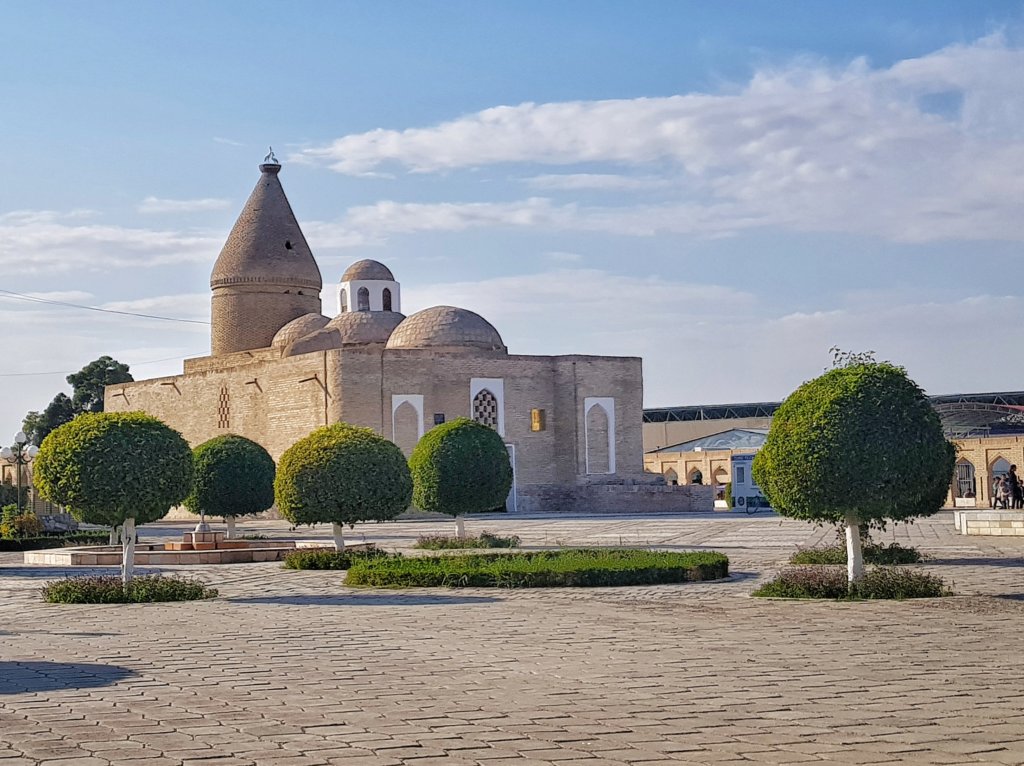
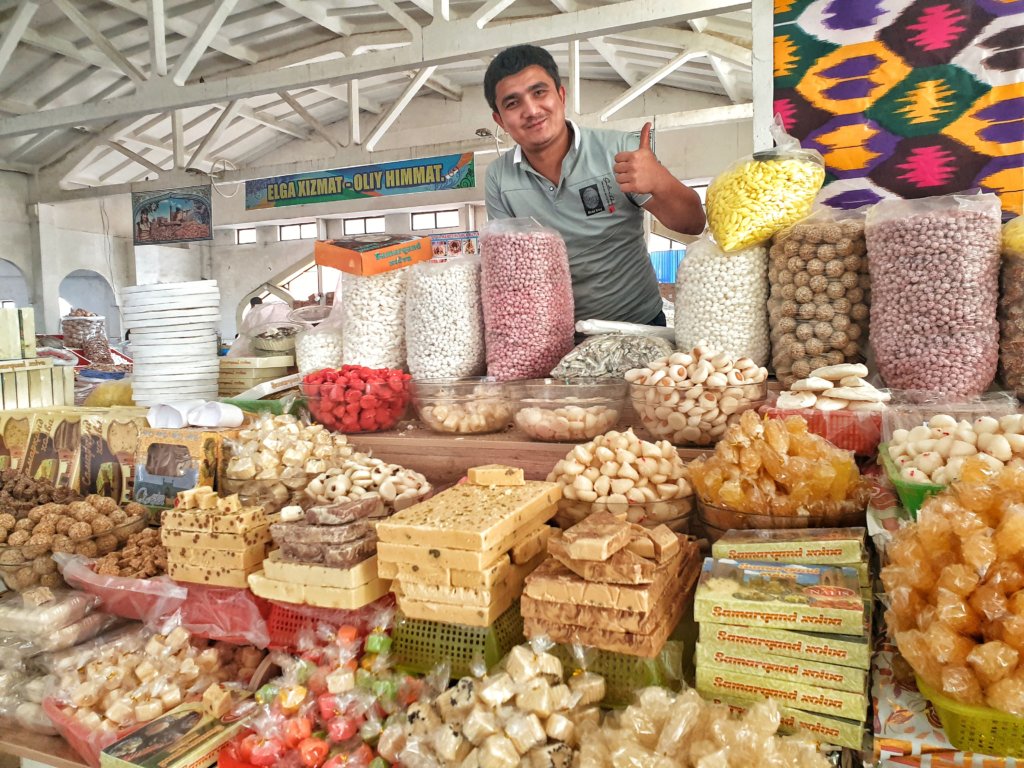
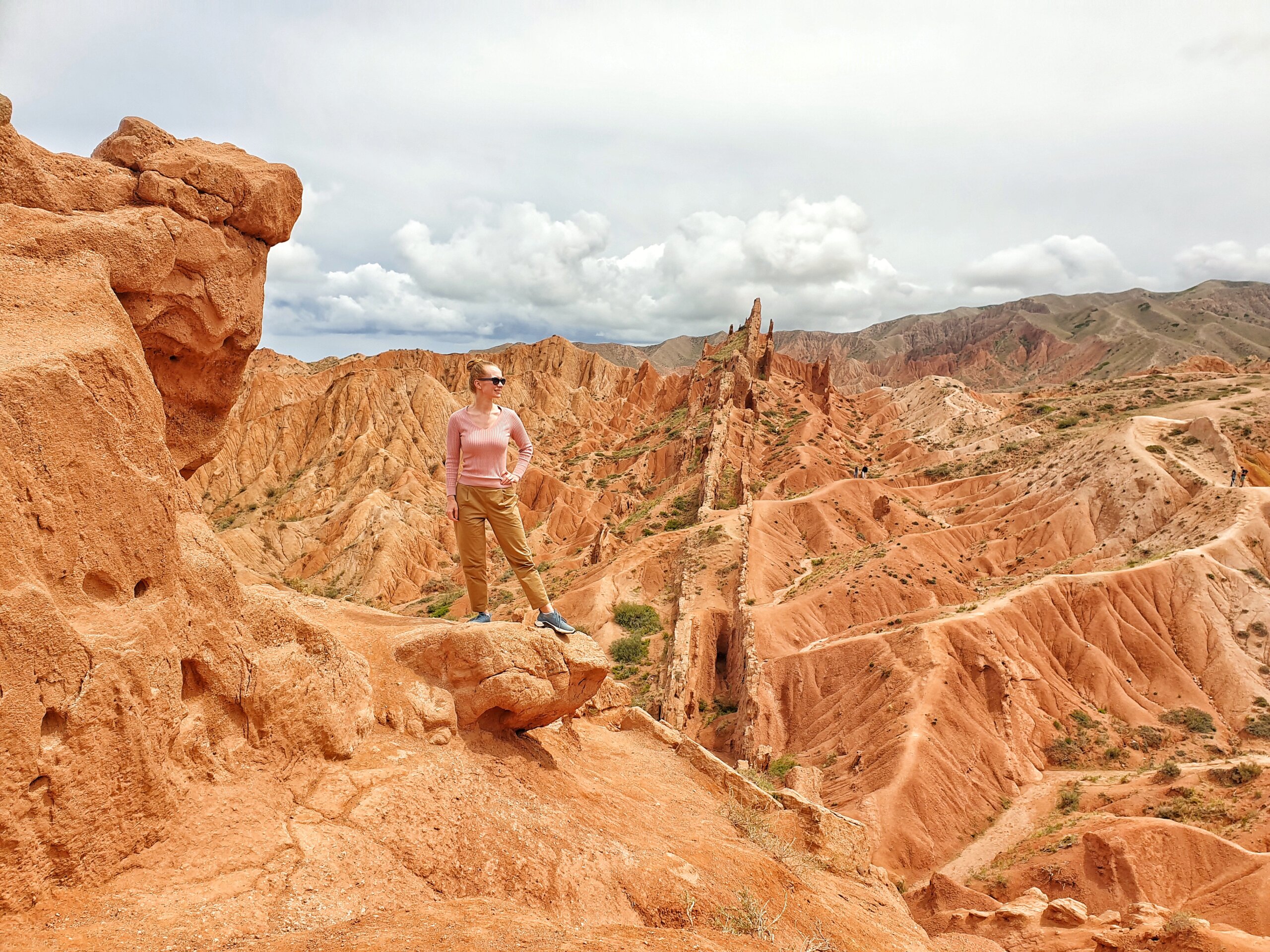
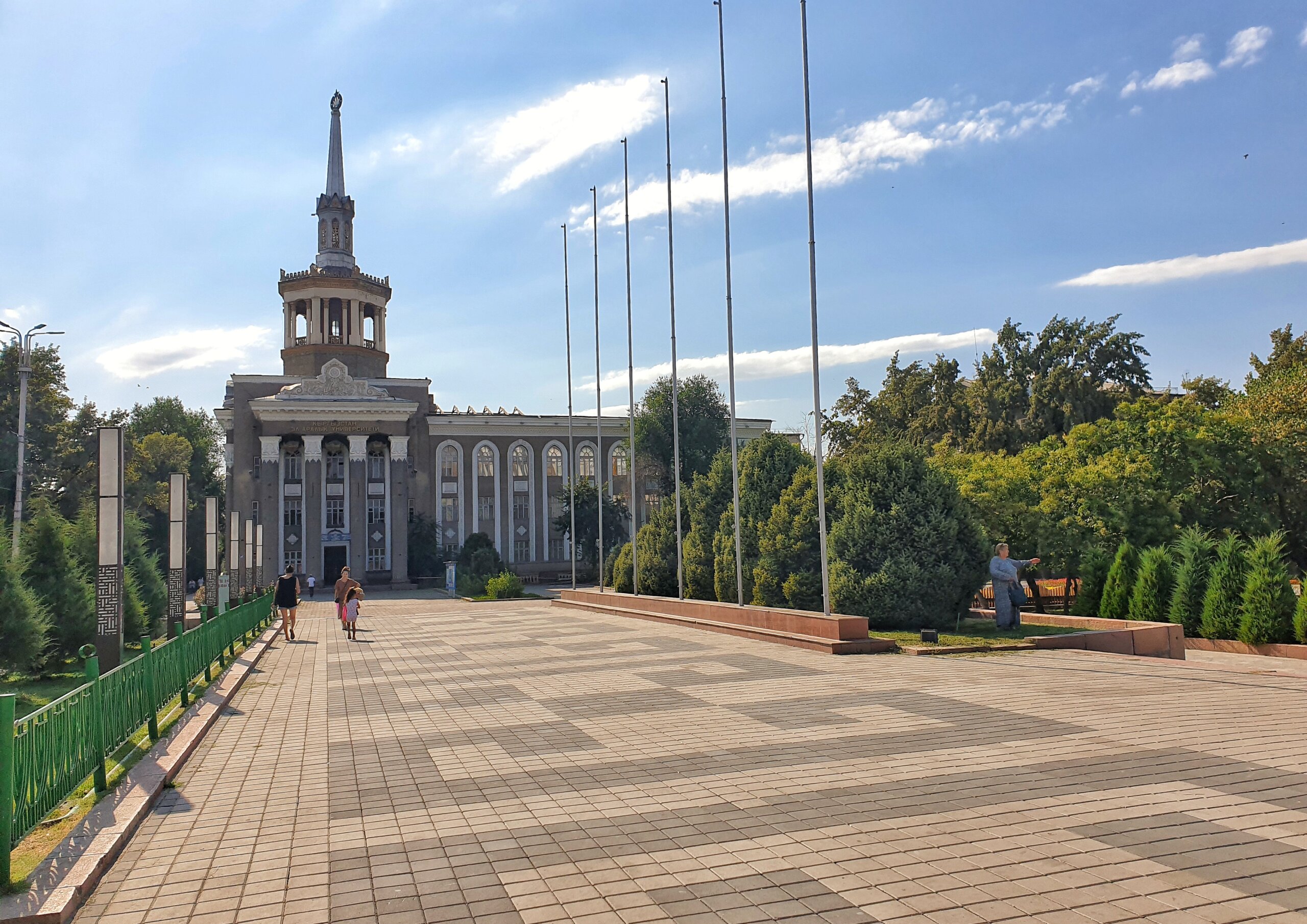
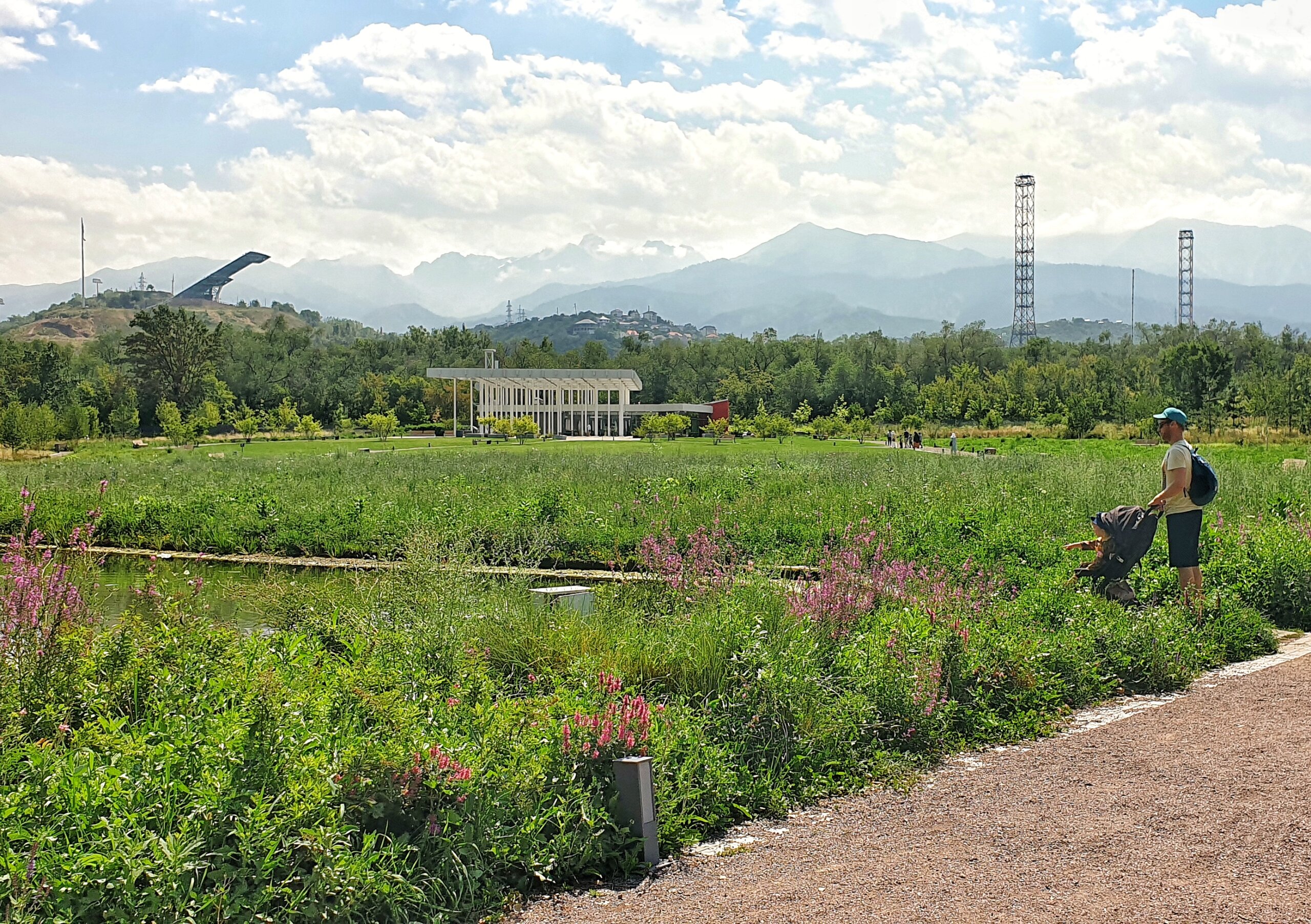
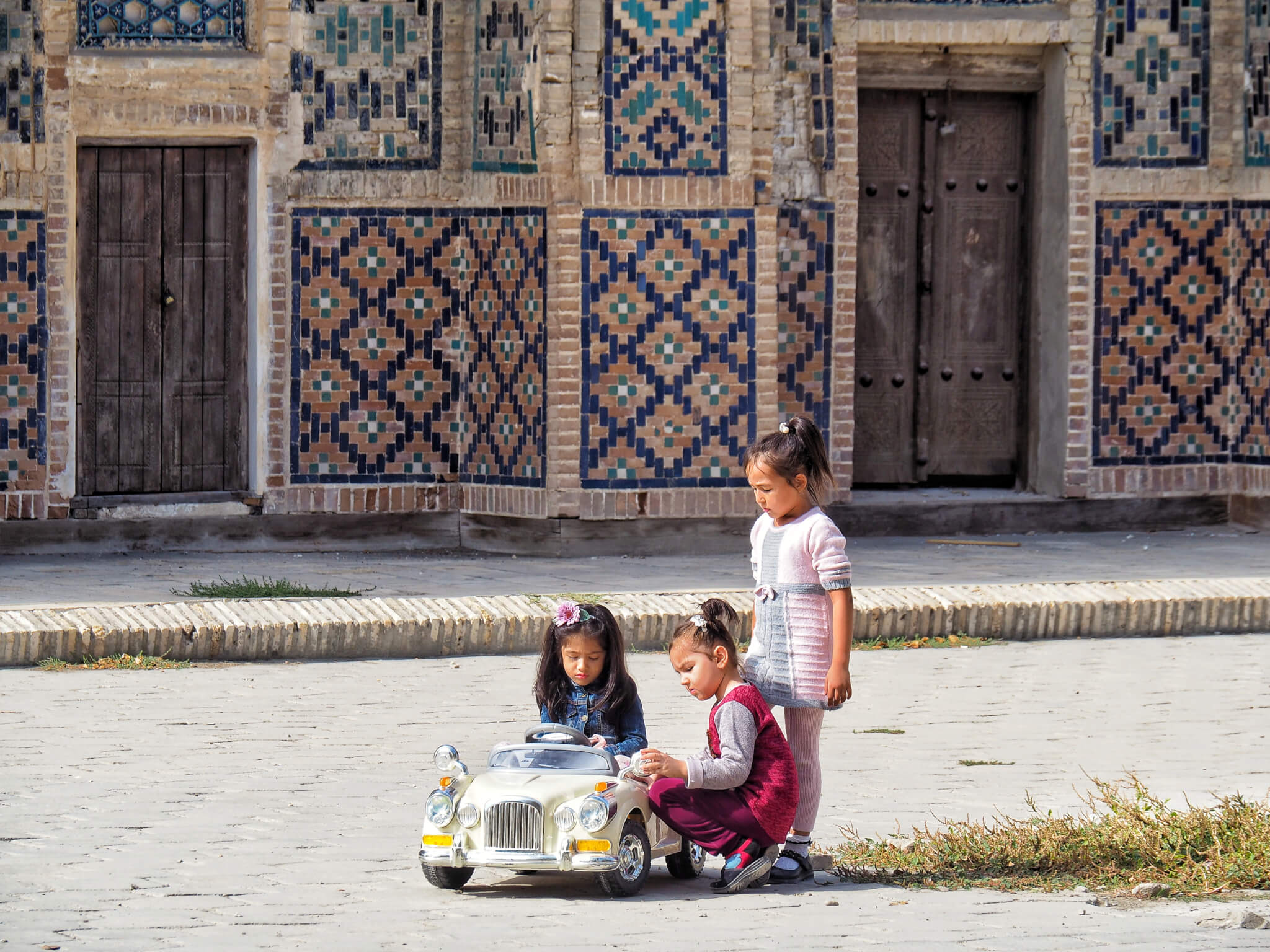
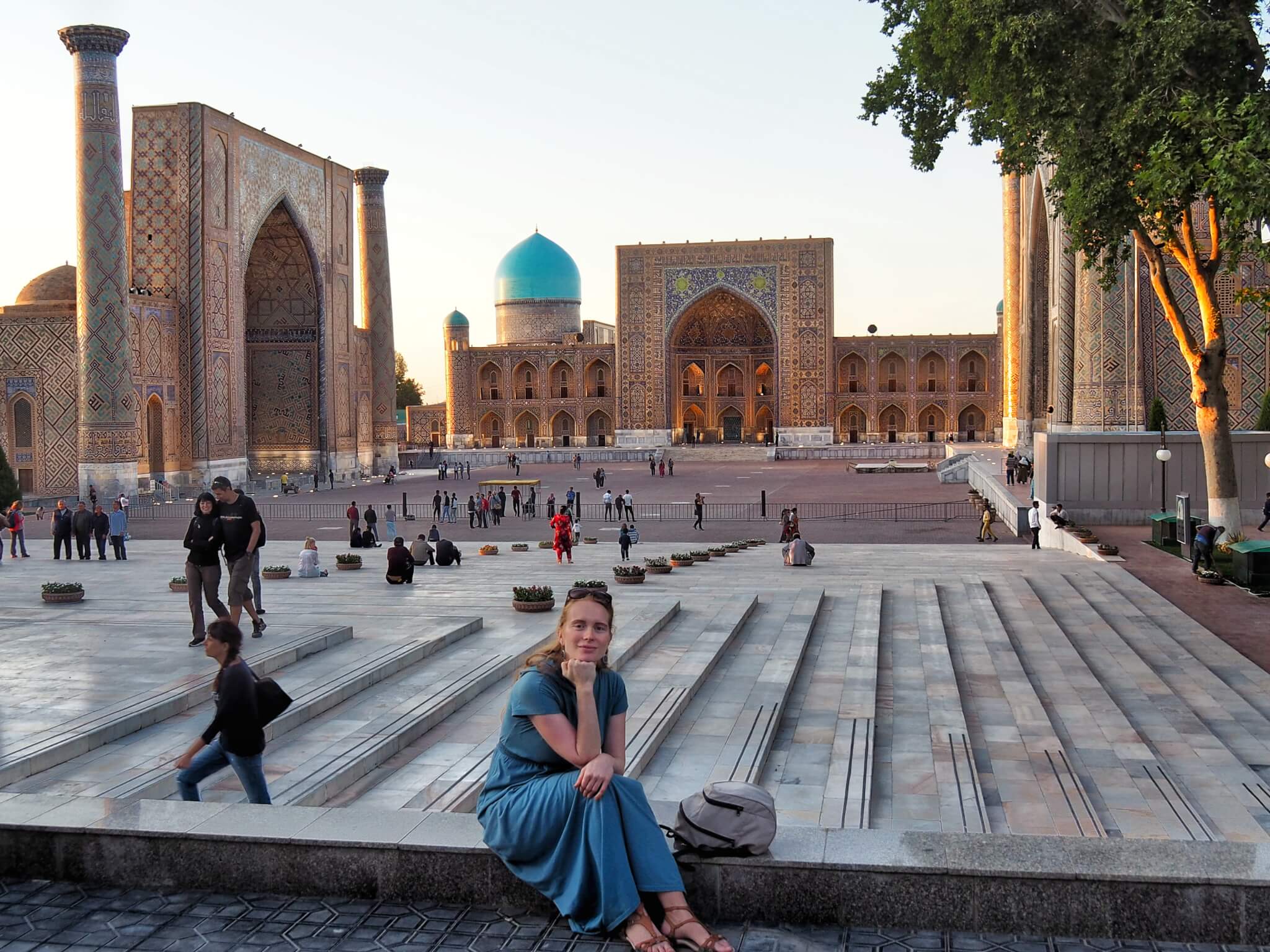
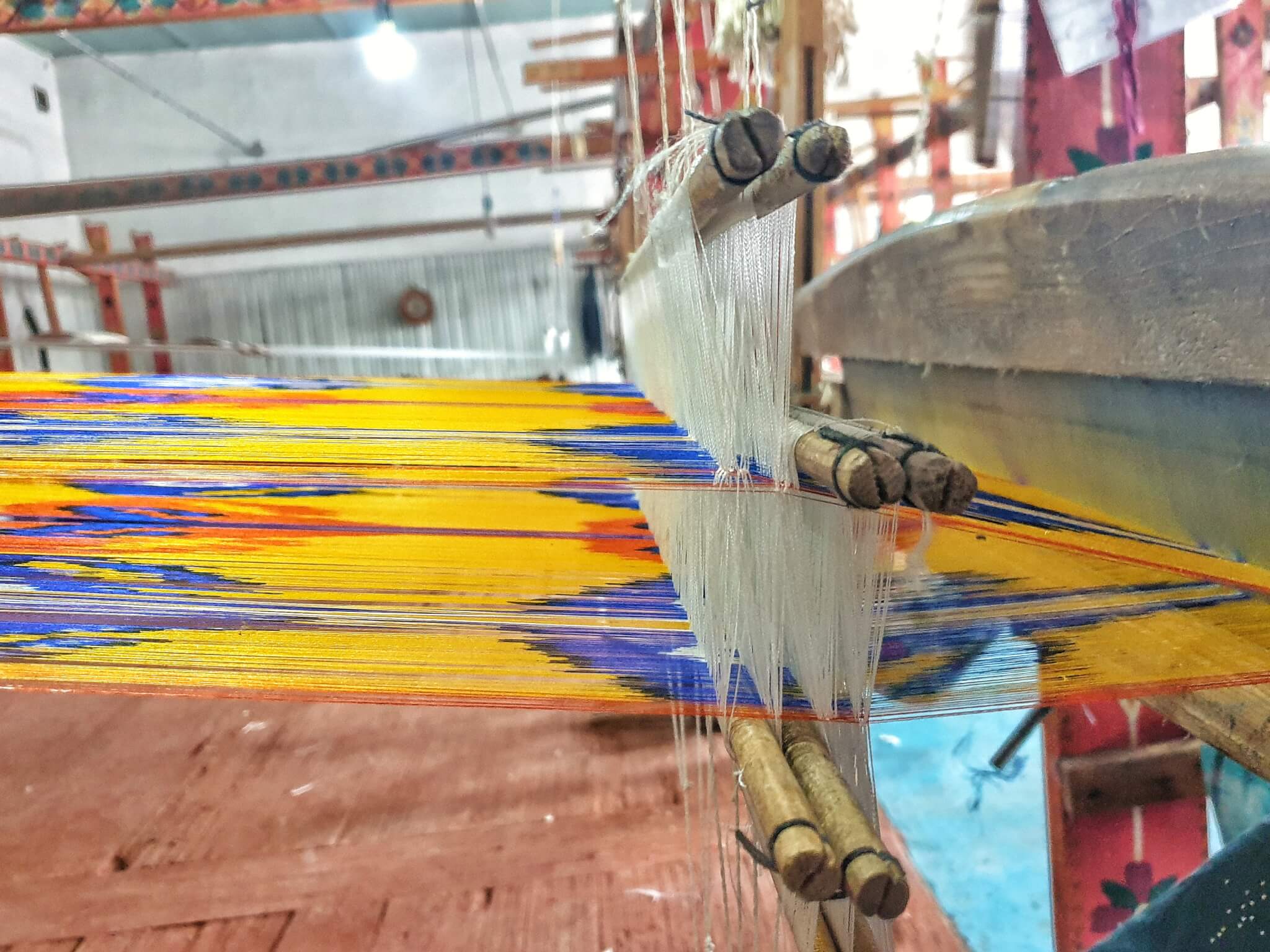
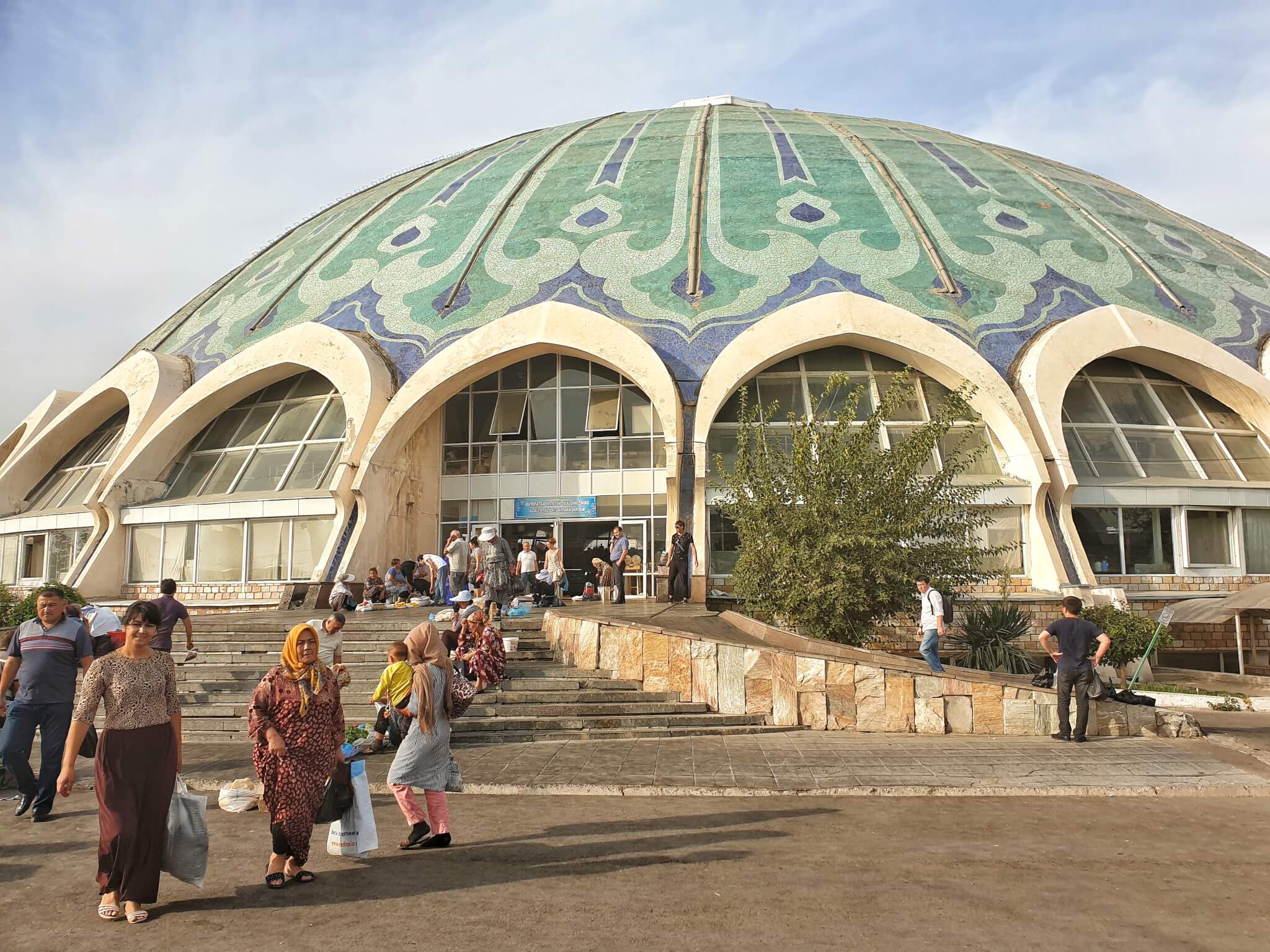
Leave A Comment